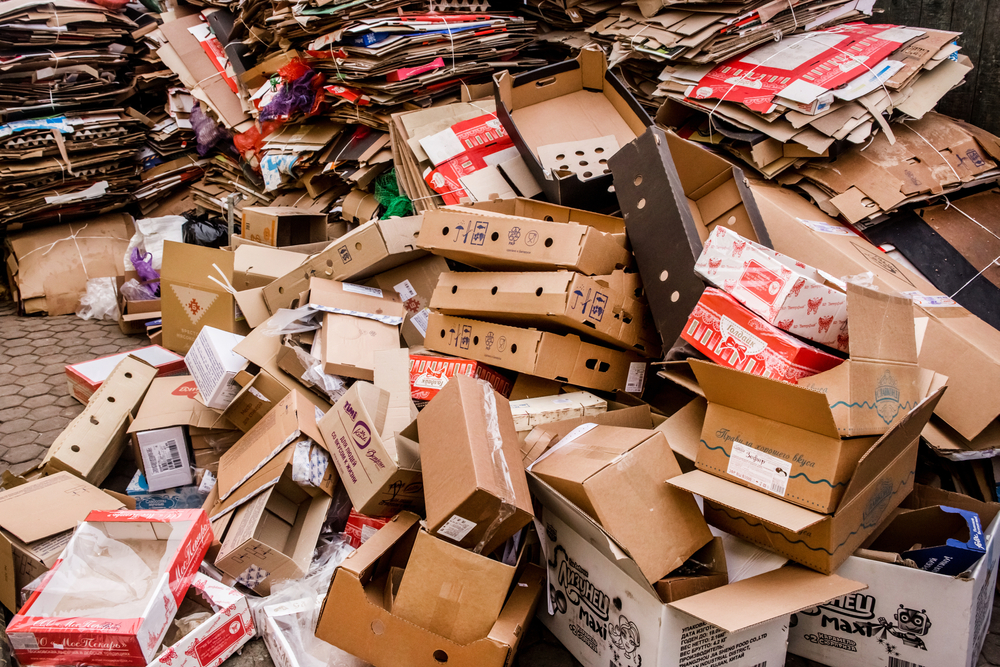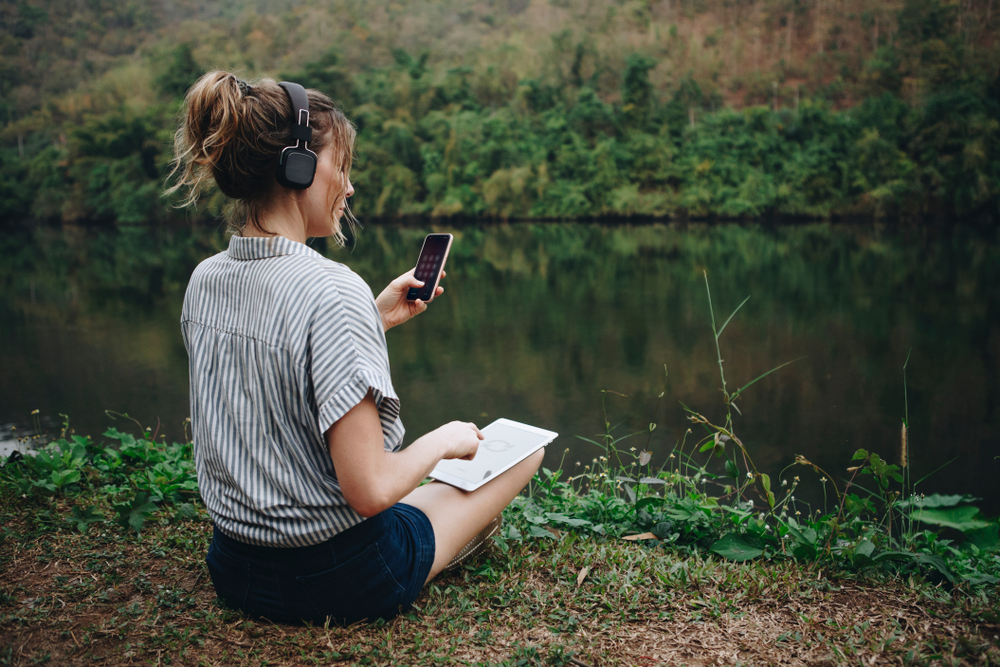We define our faith in our own ways, no matter what Western media and Middle Eastern mullahs tell us.
Tasneem Jamal| November 2006 issue
By Recent articles throughout the media, including Canada’s Globe and Mail newspaper, imply that Islam is an inherently violent religion. It must be true, they insist, because some Muslims carry out violence in its name. I’m not going to defend Islam here. It really needs no defending. A religion that is 1,300 years old and practised by some 2 billion people around the world has withstood greater foes than these poorly informed journalists, columnists and letter writers.
Many North Americans, I fear, think they know a Muslim when they see one. Muslims have names like Mohammed; the men have Taliban-like beards and the women are draped in burkas. I am a Muslim woman but I am not shrouded in mystery or yards of fabric. Like many Muslims who quietly go about living their lives, I’m simply trying to ensure that the world my child lives in is safe and kind, that I have a roof over my head and food on the table and some fun once in a while.
Many Muslims like myself live and work right next to unsuspecting people in Canada and other Western nations. As a matter of fact, I work on The Globe and Mail’s news desk. (I’m one of those invisible hands at the newspaper who catches typos and writes headlines and lays out pages.)
–I don’t pull out my prayer mat at work. I don’t own one.
–I don’t pray five times a day. My relationship with my creator, with my faith, is personal and private.
–Like many Christians and Jews and Hindus, I go to my place of worship for funerals, weddings and the big holidays.
–Like many Christians and Jews and Hindus who only occasionally practise their faith, I believe I have the right to call myself a Muslim, not a moderate Muslim or a good Muslim, just a Muslim.
Islam is a part of who I am, a part of what I come from. It does not define me, just as my race does not define me.
It is my religion. That’s all. I don’t wear a burka. No one in the history of my family ever has. No women in my family wear hijab. None of the men have long beards. All of the young men, in fact, are clean-shaven in the fashion of most young Canadian men. Some have names like Mohammed; many don’t.
My family, like the majority of Muslims, is not Arab. It is not even Middle Eastern.
Like most members of my family, including my parents, I drink alcohol. (My father couldn’t imagine inviting someone to his home without finding out beforehand what his or her tipple is.) I go to bars. I wear my hair short, as my mother has most of her life. I wear bikinis and tank tops and short skirts, as my mother did in her time.
We are not heretics or infidels. We are Muslims.
I live with a man, a non-Muslim man, out of wedlock. We recently had a child together. My parents and my community did not disown me as a result. In fact, only days ago my child had a bayat ceremony, a baptism-like entry into Islam. Her father and I wanted to give her a gift, not a Quran or future lessons in Arabic (I don’t know Arabic), but a much greater gift: perspective.
Because she will grow up in a predominantly Judeo-Christian society, we want her to know there are different—not better or worse, but different—ways of looking at the world, different ways of expressing its spirit and its beauty. Perspective is something that is sorely lacking in a society so ready to vilify an entire religion it knows precious little about.
Not all Muslim women are oppressed; not all Muslims go to Mecca once in their lives; and not all Muslims are violent. How absurd it feels that I have to explain this. But because of a gross vacuum of knowledge about Islam in this country (as some writers unwittingly proved in their written assaults on Islam), it must be stated, and stated often.
Neither a Globe and Mail columnist nor the Taliban nor Osama bin Laden gets to define what a Muslim is. As a Muslim, I get to define it for myself.
This is not a battle cry. It is my truth.
Tasneem Jamal is an editor at The Globe and Mail, published in Toronto. This article is reprinted with kind permission from the August 6, 2006 edition of the paper.











